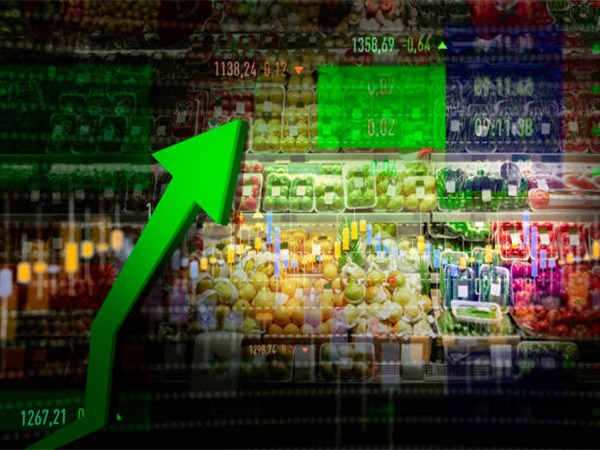New Delhi [India]: The depreciating Indian rupee and rising global commodity prices could challenge India’s inflation targeting, according to a recent report by Bank of Baroda. The report warned that a weaker rupee might increase import costs, leading to higher inflation in the country.
Additionally, the report noted that while global commodity prices had been easing, they might start rising again due to trade policies such as the tariffs imposed by the United States. These factors present upside risks to India’s inflation outlook.
The report stated:
“Upside risks emanate from a depreciating rupee which poses risks of imported inflation and the bottoming out of the commodity price cycle due to threats of tariffs imposed by the US.”
Inflation Projections for FY25 and FY26
According to the report, India’s consumer price index (CPI) inflation is expected to settle at around 4.9% for the financial year 2024-25 (FY25) and 4.6% for FY26. However, the risks remain tilted to the upside due to external factors.
“We expect CPI to settle at approximately 4.9 per cent in FY25 and 4.6 per cent in FY26, with risks tilted to the upside,” the report stated.
Recent Trends in CPI Inflation
In January 2025, CPI inflation eased to 4.3%, down from 5.2% in December 2024. This decline was mainly driven by a sharp correction in food prices. Food inflation fell by 237 basis points (bps), reaching 6% in January compared to 8.4% in December.
One of the key contributors to this decline was vegetable inflation, which dropped significantly from 26.6% in December to 11.3% in January. This reduction was largely attributed to bumper arrivals of essential vegetables like tomatoes, onions, and potatoes (TOP) since November 2024, which helped bring prices down.
Core Inflation Remains Stable
Meanwhile, core inflation (which excludes food and fuel prices) remained stable at 3.6% year-on-year. However, excluding pan, tobacco, and intoxicants, core inflation was slightly higher at 3.7%.
The report observed that core inflation has shown little movement in recent months. In contrast, gold prices surged by 33% year-on-year during the same period, reflecting global uncertainties and a shift towards safe-haven assets.
Challenges to Achieving RBI’s Inflation Target
Looking ahead, the report indicated that if volatile components like vegetable prices continue to trend downward, achieving the Reserve Bank of India’s (RBI) 4% inflation target could become more feasible.
However, the report cautioned that global economic conditions and the impact of trade policies would play a crucial role in determining India’s inflation trajectory.
In conclusion, the Bank of Baroda emphasized the need for vigilance and timely policy actions to mitigate the risks posed by a depreciating rupee and global commodity price trends.


